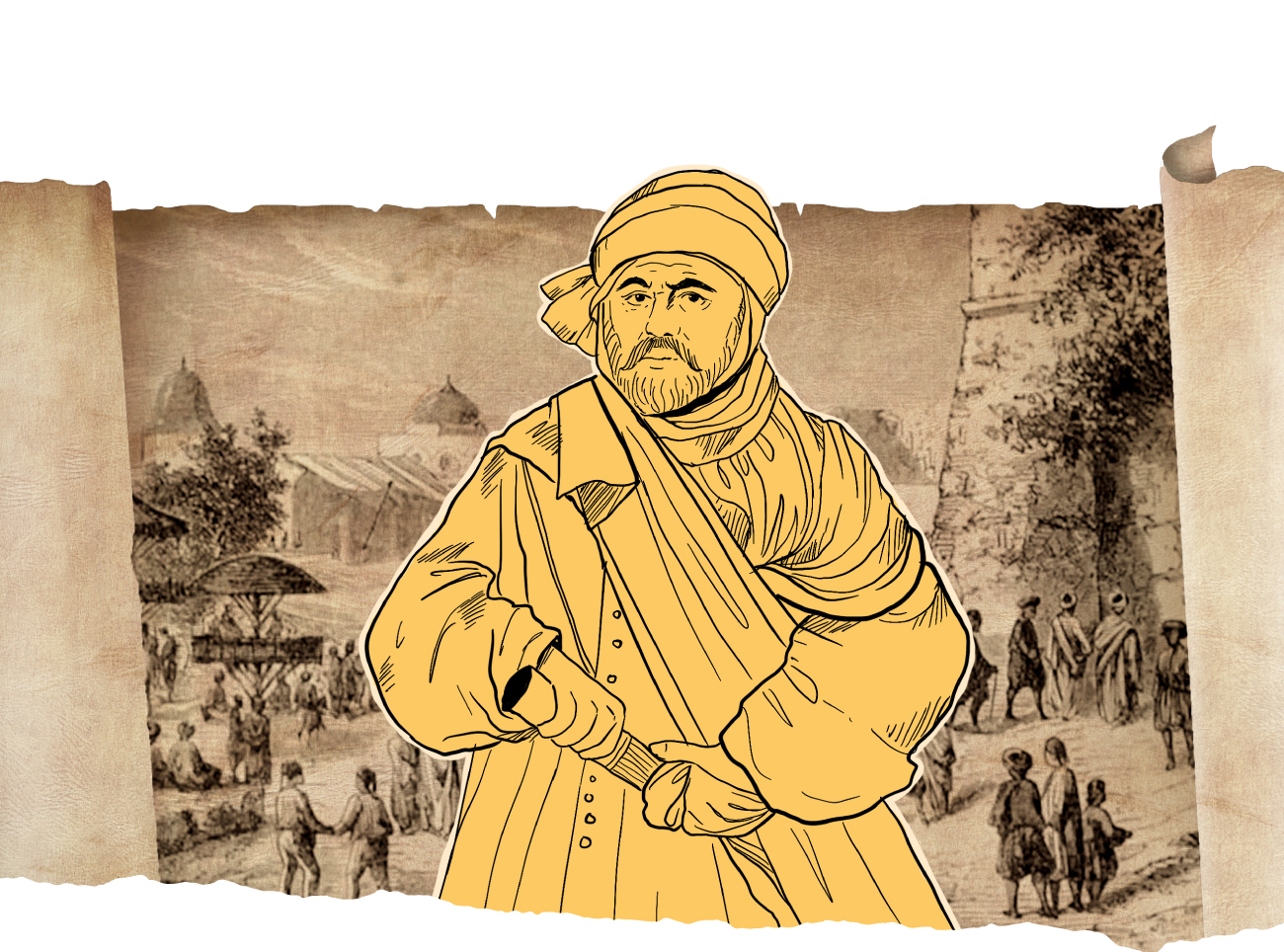
The Turks forced the people to flee to the Spaniards to escape from the massacres
Tunisia between the atrocities of Spanish colonialism and the brutality of the Ottoman occupation
During the medieval historical ages, in which the great empires competed, the small states were the target they sought, especially if the strategic location of those states was important. This is what happened to Tunisia in the middle of the sixteenth century AD, when its miserable luck caught it between two occupations, the first of which was Spanish and the second by the Ottoman Empire. The two were worse than each other.
The goal of the Spaniards was clear, not only to occupy Tunisia, but to put a limit on the rising Ottoman influence in the Mediterranean, which is considered a threat to Spain despite diplomatic relations. Spain’s strategy to achieve this goal was to concentrate on the Tunisian coasts and place its garrisons there without penetrating into Tunisia. Therefore, the Spanish presence was concentrated in Bizerte, La Goulette, Mahdia and Djerba.
As for the Ottoman Empire, its strategy centered on controlling navigation in the Mediterranean. The Turkish sultans worked to extend their influence to most Islamic countries, especially after the Ottoman sultan used the deceptive religious promotion under the title of “Commander of the Faithful”, so the Ottoman Empire supported the piracy movement in the coasts of North Africa. Since the second half of the sixteenth century, the Ottoman Empire planned to eliminate the Hafsid state in Tunisia through its governors in Algeria and Tripoli, as well as to eliminate the Spanish presence in some Tunisian coasts.
On the other hand, the attitude of local powers in Tunisia should not be ignored regarding this international conflict over Tunisia, which had certainly its effects on these local powers. The Hafsid state was the most important of these powers, as it was severely weakened as a result of the lack of its financial resources and the decline of its political influence. The Hafsids felt the great danger from the presence of the Ottomans in Algeria to the west and Tripoli to the east.
The conflict between the Hafsids and the Ottomans took on a religious and political character when the Ottoman Sultan granted himself the title of “Commander of the Faithful”, while the Hafsid Sultan considered himself “the Commander of the Faithful”. From here, the Hafsids resorted to an alliance with the Spaniards against the Ottomans in order to preserve their power, as the Hafsids realized that the goal of the Ottomans was to eliminate the Hafsid state and control the entirety of Tunisia, while the danger of the Spaniards was limited to some important ports only.
The Tunisian tribes realized the Ottoman tyranny that awaited them, so the Sultan of the Hafsid state decided to seek help from the Spaniards.

Hence, Al-Hassan Al-Hafsi appealed to Charles V, King of Spain, against Khair Al-Din Barbarossa, which led to the entry of Spanish soldiers into Tunisia. The Tunisian elite objected to this matter and saw it as a desecration of Tunisia by the entry of “infidels” into the Tunisian capital. According to the Tunisian historian Abdul Hamid Haniyeh: “This made the Hafsids lose the legitimacy that civil society used to give them. After that, the Hafsid aristocracy tried to restore this legitimacy by winning over the people of Tunis when it overthrew Sultan Al-Hassan, making him a scapegoat and replacing him with his son Ahmed, but it did not succeed in restoring its previous influence and in rebuilding the political centralization in the country”.
The Tunisian tribes in the interior had a different attitude from that of the civil elite, as the local leaders feared the Ottoman intervention because they realized the central tendency of the Turks, as they did in Algeria and Tripoli, which contradicts the influence of the tribes inside Tunisia. Therefore, the Tunisian tribes supported the Hafsid state and the Spaniards against the Ottoman influence in order to maintain their autonomy, and some other tribes that supported the Sufi movement resorted to complete independence from any central authority.
In light of the international struggle over Tunisia, the weakness of the Hafsid state and the internal struggles of Tunisia, it was easy for the Ottomans to occupy Tunisia since 1574 AD. However, with the arrival of Hussein Bey, as Al-Husseiniya family was formed, succeeded in obtaining a kind of autonomy and supported the Arabic language and religious scholars. This family also conducted many reforms.


- Abdul Hamid Haniyeh, Ottoman Tunisia, 2nd Edition (Tunisia: Tabr Al-Zaman, 2012).
- Muhammad Al-Hadi Al-Sharif, The History of Tunisia from Prehistoric Times to Independence, translated by: Muhammad Al-Shoush and Muhammad Ajina, 3rd Edition (Tunisia: Dar Seras, 1993).
- Al-Monsef Al-Tayeb, “Sphere and Authority in Tunisia during the Ottoman Era”, Tributaries journal, Tunisia: Issue 4, (1998).
- Rida Ibn Rajab, Jews of the Court and the Jews of the Authority in Ottoman Tunisia (Beirut: Dar Al-Mada, 2010).
- Shawki Al-Gamal, The Great Maghreb (Cairo: The Anglo Bookshop, 1977).

